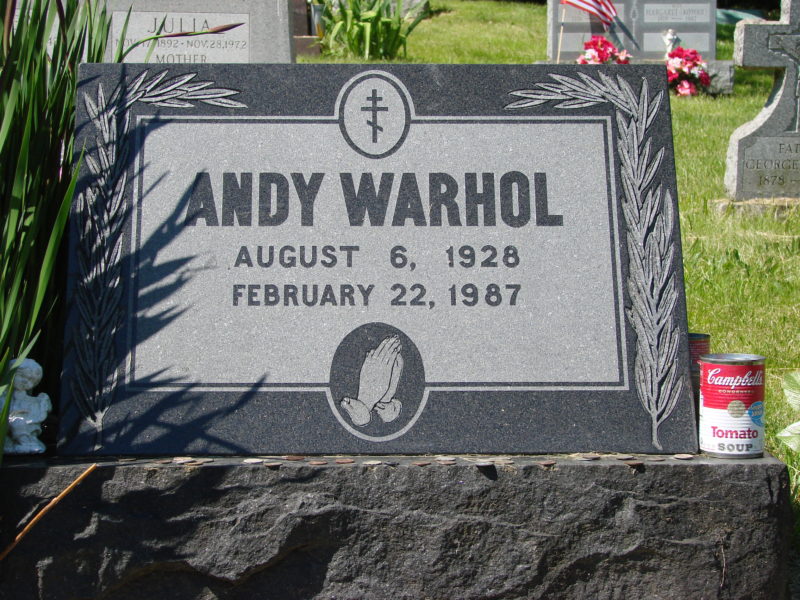
Who was Andy Warhol?
Andy Warhol 1 was a renowned pop artist. He is a Pennsylvanian native, having been born in Pittsburgh on August 6, 1928. His parents were Ondrej Warhola, an emigrant coal worker, and Julia. Warhol feared hospitals and doctors since his childhood, and for this reason, he would be bedridden when he fell sick.
Education
He completed his graduation in 1945 from Schenley High School. Warhol was a special boy, and he won multiple awards, such as Scholastic Art and a Writing Award. He wanted to become an artist and thus studied art education at Pittsburgh University. He also joined Carnegie Mellon University to study commercial art and graduated in 1949 with a Bachelor of Fine Arts in pictorial design.
Warhol was a member of the Modern Dance Club and Beaux Arts Society while still studying and the art director of a campus magazine called Cano.
Moving to New York
He moved to New York immediately afterward to pursue his dreams and started a magazine illustration and advertising job. Andy Warhol was also a movie director and producer who helped launch the careers of many artists. But what influenced his career as an artist was an encounter with Valerie Solanos, a radical feminist 2, an author, and a writer.
The events leading to Warhol’s death
Shooting accident in 1968
Shooting accident in 1968
Andy Warhol’s death cannot be mentioned without the shooting incident in 1968. Warhol made a career out of photographing depravity and calling it truth 34, as well as director and producer, and that is how his path with Solanas – his shooter crossed.
Valerie Solanas
Solanas was a writer and feminist, and founder of the Society for Cutting Up Men and the only group member. The feminist had written a play and wanted Warhol to produce it for her. Warhol passed it, citing that the play had skimmed the satirical and extremely scatological script that was utterly obscene. He suspected Ms. Solanas was working for the police on ‘some kind of entrapment 56.’
The pair had little to nothing in common. They wouldn’t even be able to be mentioned in the same breath today. However, Solanas would change the life of Warhol significantly, but not for the better. On June 3, 1968, she shot Warhol and critically wounded him that he was pronounced dead in the emergency room. She was outraged by Warhol’s rejection of her script and that he lost the copy of the play that later reappeared in an abandoned trunk.
Accusations against Warhol
Valerie Solanas believed that Andy Warhol wanted to steal her SCUM Manifesto after Warhol misplaced the manuscript. Before the shooting, Solanas had called Warhol’s office on numerous occasions, churning out threats and demanding that he return the document. Warhol started ignoring her calls. This made her believe that he would borrow ideas from her script and that he didn’t actually lose the text but tried to use it for his own career.
Solanas was fame-hungry, and the shooting brought her all the attention she wanted. Consequently, she was disowned by other feminist organizations such as the National Organization for Women, disavowing her agenda.
Warhol’s recovery & Mentally affected by shooting
Warhol spent two months in the hospital, nursing the gun injuries, which affected his lungs, spleen, esophagus, liver, and stomach. This forced him to wear a surgical corset his entire life to support his inner organs from falling out. The injuries from the two shots from Solanas were so severe that doctors had to cut open Warhol’s chest and massage his heart to revive it.
The incidence also affected Warhol mentally. He was recorded by the New York Times saying 78,
I was shot, and everything is such a dream to me. I don’t know what anything is about. Like I don’t even know whether or not I’m really alive or – whether I died. It’s sad.
It was this experience that further rendered Warhol afraid of hospitals that even refused surgery in 1973 after being diagnosed with a gallstone. The doctor said 910, “He was convinced if he was hospitalized, he would die.”
Despite being afraid of doctors and hospitals, Warhol still got treatment using alternative means such as healing crystals. It seems Warhol was right after all. He put off the procedure until his gallbladder became infected, and when he underwent surgery, he died the next day.
Effects of the gunshots 19 years later
The wounds from the bullets in 1968 were severe. Warhol did hire a private coach who helped him to exercise fairly regularly. But it is fair to conclude that the gunshot wounds, though inflicted on him 19 years before his death, play a role. Jose Diaz – the chief curator of Andy Warhol Museum in Pittsburgh, stated 1112:
He could have gotten the surgery scheduled and done earlier had he been more preventative about his health.
We know from medical records that Warhol never recovered fully from the gunshot wounds. This left him with “a lifetime of trouble eating and swallowing 1314,” alongside a large hernia that made him wear girdles to hold in his bowels. For these reasons, during the operation, Dr. Thorjarnarson also repaired Warhol’s abdominal wall.
The operation was successful, but later, Warhol’s heat experienced some complications resulting from “ventricular fibrillation.” This still shocks many, given that it was just routine surgery. However, according to new research, the complications are not that surprising.
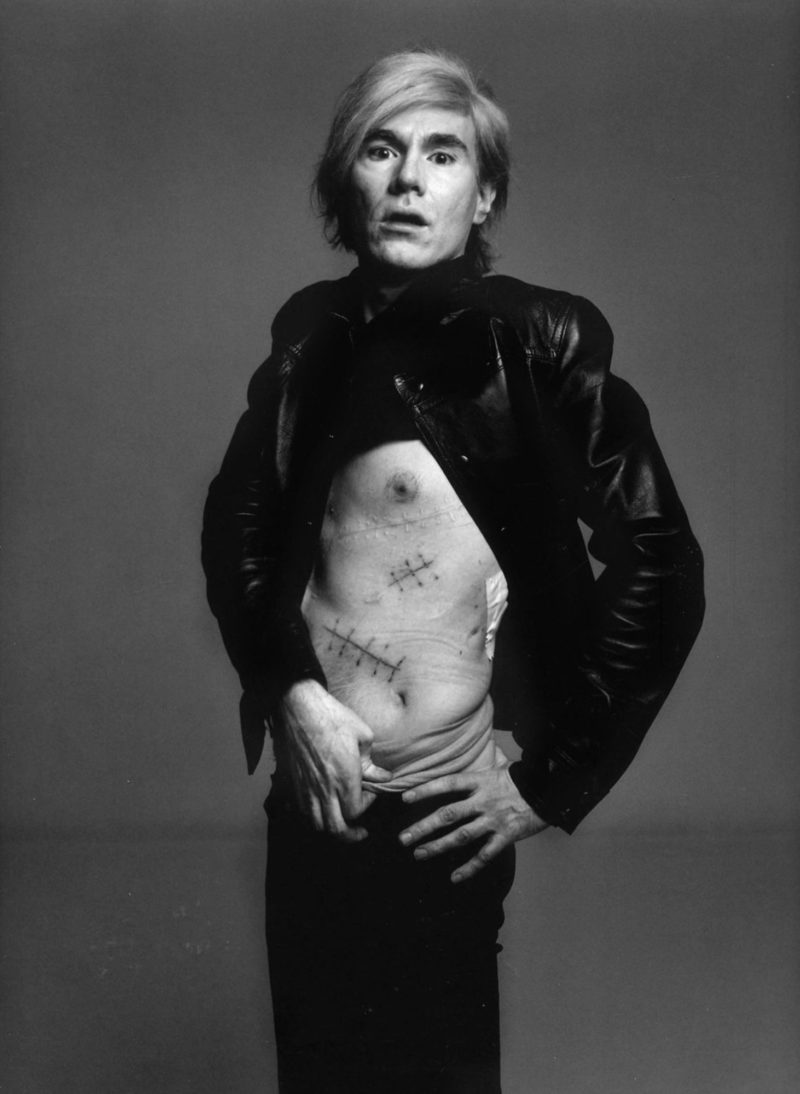
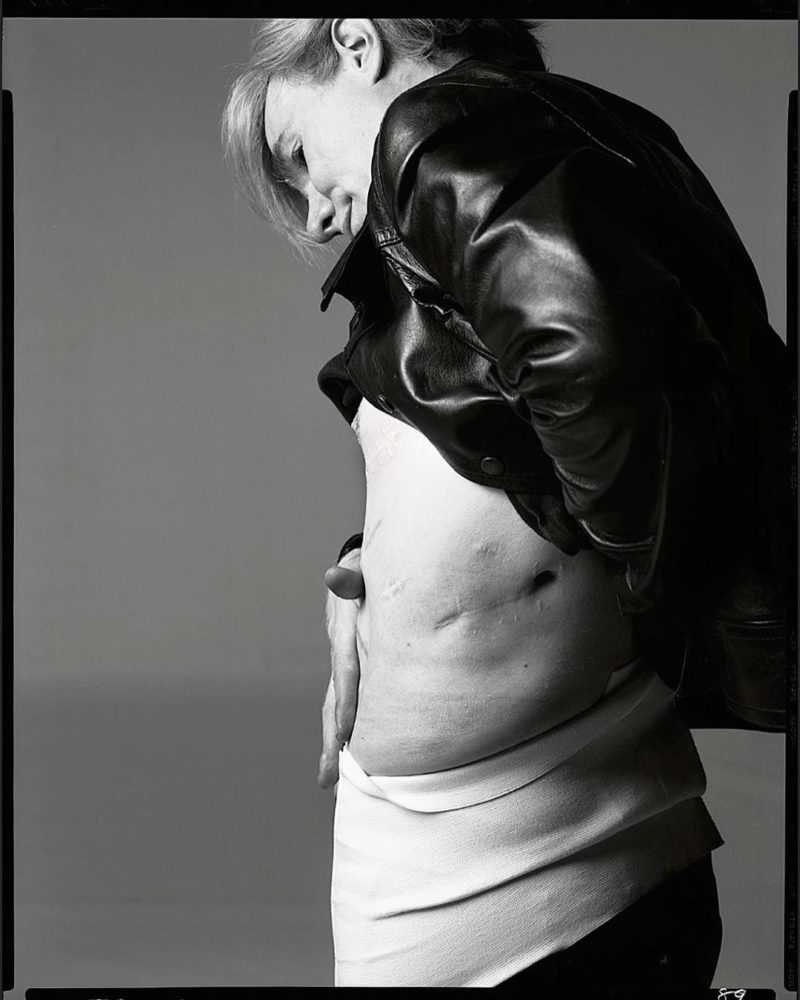
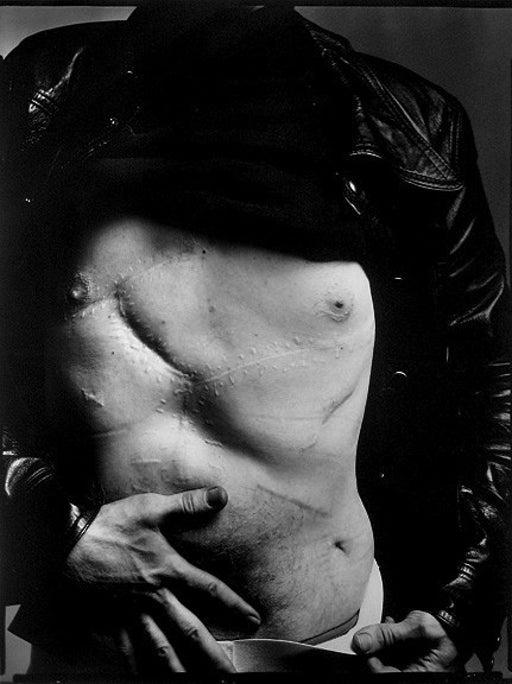
Death date
Warhol died in Manhattan 15 at 6:32 am on February 22, 1987, less than 24 hours after undergoing successful surgery. He lived to be 58 years old. Up to this day, the actual cause of his death is not known. Records on the case are labeled “Pending Further Investigation.”
According to his dermatologist, after Warhol had a successful surgery, he woke up and made plans to appear at a new ballet performance the following evening. Warhol was placed under a morphine drip but never regained consciousness. Dr. Hunter believes that the doctors and post-mortem examination could not figure out the cause of his death.
Analysis
Analysis by Dr. Stewart Redmond Walsh
Analysis by Dr. Stewart Redmond Walsh
Many medical researchers have developed an interest in Andy Warhol’s death. In his interview with The New York Times, Stewart Redmond Walsh, a vascular surgery at the National University of Ireland, Galway, said the tragic death of Andy Warhol is not surprising. He explained 1617:
When a sick body goes through the trauma of a major operation, the stress on the entire system, including the heart, can sometimes be fatal.
Warhol, Dr. Walsh said in a phone interview, ‘was unlucky,’ but, according to the doctor, the artist’s bad luck should be thought of as “less like lightning than like being hit by a car while crossing the street.”
Analysis by Dr. John Ryan
Andy Warhol’s death has been linked with routine gallbladder surgery for many decades. However, a medical expert suggested that the death of the legendary pop artist shouldn’t have taken the world by surprise. In an interview with The New York Times, Dr. John Ryan stated 1819: “This was major, major surgery – not routine – in a very sick person.”
In the past few years, Ryan, a retired surgeon and medical historian, has been studying Andy Warhol’s medical history. Ryan presented his findings from the research at the annual Pacific Coast Surgical Association meeting.
It was revealed that gallbladder complications ran in Andy Warhol’s family, and he had been seriously ill for months before his death. Warhol was a workaholic and combined with his fear of hospitals. It meant that his health was never a priority to him. When he was compelled to visit the hospital at last for surgery, Warhol’s gallbladder was already filled with gangrene. According to his doctor, Bjorn Thorbjarnarson, it fell into pieces as he removed it.
As Ryan reports 2021, Warhol’s high-paced life contributed to some extent to his gallbladder issues:
Warhol was dehydrated and also emaciated from barely having eaten in the previous month; had for years been taking a daily dose of speed; and was still suffering from the effects of a brush with death in 1968, when he was shot by enraged hanger-on, Valerie Solanas. Only a brilliant surgeon and brilliant luck had saved his life then – he had been declared dead in the emergency room and had nine damaged organs.
Analysis by David Burdon
In his biography of Warhol, David Burdon stated that Warhol’s death might have been caused by over-hydration.
According to later reports, the hospital’s medical and nursing staff neglected to look in on him periodically and to monitor his intravenous fluid intake and urinary output. No one adequately supervised the private-duty nurse, whose incomplete notes failed to record the patient’s blood pressure, pulse rate, and other vital signs, as well as his dosages of morphine and other medications. As a result, Warhol’s over hydration went unnoticed.
New York Times article, 1991
Bourdon’s assertions could have been influenced by the reports from a multimillion-dollar court case. It was filed by the estate of Warhol against the hospital after the controversies surrounding his death.
This is what the New York Times reported 2425 about the lawsuit,
The [estate’s] lawyer, Bruce Clark, said that New York Hospital negligently pumped more than twice the required volume of fluids into Mr. Warhol when he underwent gallbladder surgery five years ago and that the resulting internal pressure caused his death from heart failure.
A piece on the New York Times by Ronald Sullivan “Care Faulted in the Death of Warhol” on December 5, 1991, reported: “Andy Warhol was 5 feet 11 inches tall but only weighed 128 pounds,” Mr. Clark said 2627.
He was anemic and malnourished. However, his doctor said in his admitting papers that he was in “good” health. He continued 2829,
His undernourished body had a capacity of from 3 to 4 quarts of blood, but they kept pumping fluids into him without making sure anything was coming out, and then they increased the intake.
According to the article, the records from Andy Warhol’s doctor indicated that he was in “good” health when he visited the hospital.
Routine surgery? Over-hydration & Other factors
So, why was his gallbladder surgery termed as routine? The phrase meant that the operation was routine for a healthy individual. The same procedure that Warhol underwent would only require an overnight stay in the hospital today, and in the 1980s, it could take up to 5 days.
It is hard to pin the blame on over-hydration alone as what might have caused the artist’s death. It could also be the operation itself that put a strain on Warhol’s heart. There are other factors too that could have played a part in Warhol’s heart failure. Based on most reports about the artist’s death, it was caused by “ventricular fibrillation,” which is linked to cardiac arrest.
According to the American Heart Association, the major causes of ventricular fibrillation are damage to the heart muscle due to a heart attack or insufficient blood flow to the heart muscle, drug toxicity, cardiomyopathy problems with the aorta, or sepsis. However, it is not recorded anywhere that Warhol had any of these symptoms.
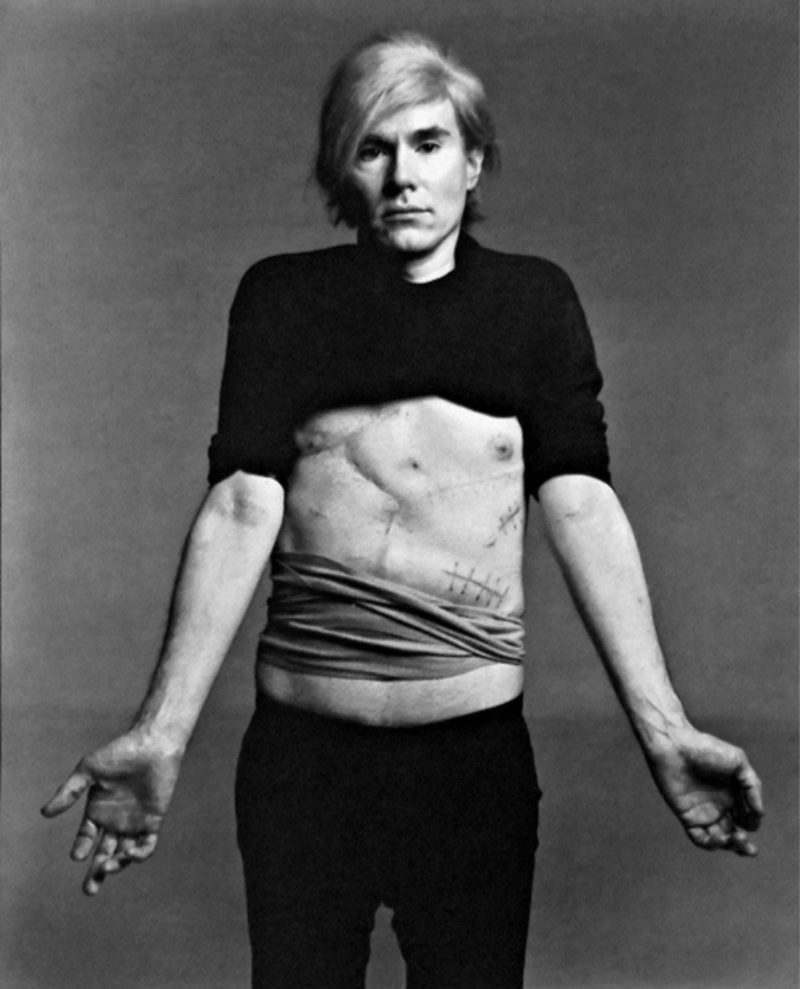
Drugs / Speed
Some claimed that Warhol took speed, a form of synthetic drugs. However, that is highly unlikely because amphetamine-based drugs are usually subscribed to individuals with behavioral conditions like Attention Deficit Disorder. They typically don’t cause long-lasting physical problems, including the amphetamine-based medications given to children who have ADD and are over six years old, for example, Dexedrine.
The mistake of the hospital
Warhol weighed more than 10 pounds less than the required weight of a man his height. The estate attorney tried to demonstrate how over-hydration could have played a role in Warhol’s death by conflating body fluids with blood capacity. However, the results weren’t the same. But, shockingly, the hospital failed to monitor Warhol’s fluids – if the reports are accurate, as this was an obligation on the side of the hospital because it is standard procedure for hospitals. Every patient admitted to a hospital should have their fluids monitored; surprisingly, they did not do it for Warhol.
Conclusion
Warhol estate and the hospital agreed to settle things out of court, thus paying the Warhol estate $3 million in compensation. As the matter was settled out of court, it is still unknown if over-hydration played a role in the artist’s cardiac arrest, which killed him.
Warhol’s legacy
On February 22, 1987, the world of art was dealt a massive blow when one of its brightest stars, Andy Warhol, died unexpectedly at New York Hospital after making a positive recovery from a routine surgery. Before his diagnosis, Warhol had delayed having his frequent gallbladder problems checked. Despite his untimely death, it seems like he is still alive. His works still dominate the art market, with one-sixth of contemporary art sales belonging to Warhol’s works.
Warhol wasn’t a trendsetter
Andy Warhol described himself as a pimp, a nose picker, and a water guzzler. By this self-description, he was among the most various, intricate, and remarkable talents the art industry has ever produced. His influence permeates both high art and popular culture.
Warhol’s vision practically created today’s celebrity-obsessed culture. He seized the future by merely responding to the environment and time he was living in. Warhol wasn’t a trendsetter. He was a trend. He was someone that showed no sign of being outdated.
Yet when he stepped into the New York art scene, many people refused to accept him as an influential artist and bashed him for being too media, too cool – attributes that paradoxically, are now celebrated in a modern artist.
How Warhol polarized the art world
Warhol left a legacy that has never been matched by anyone, almost 33 years since he passed. There is Andy Warhol, and then there is modern art. It was he that created the concept of “artist as a brand” by utilizing commercial brands. He turned into an icon by simply placing himself next to icons. When his studio began to be the trendiest place to hang out and began to welcome numerous ready-made casts, he immediately turned it into a live film set as well as a hit record. However, he refuted the claims that he was making a paradoxically insincere statement about popular culture. He sincerely wanted everything to be about the surface.
For this reason, he was the most polarizing figure in the world of art; he created work that lacked any depth, but how he made it had enough power to halt the art history in its tracks. The subjects of his pieces were ordinary and quotidian. Still, they were also influential and visually engaging, each very painstakingly chosen and (re)presented if his subject matter was off-the-cuff, then his artistic judgment was not. Formally, his art strictly adhered to the “rules” of minimalism – he uses distinct lines and grids, uses repetition using different colorways, and lets accidents in the process describe each work.
A pioneer of film & video art
There is a consensus that Warhol’s films were, perhaps, his most significant artistic accomplishment. He used “real” people instead of actors, used film devices that juxtaposed with the fly-on-the-wall approach, and created films that involved as little dialogue as possible and as the limited plot as possible. When Andy Warhol was asked why he moved from paintings to films, he modestly answered:
It is easier to do it than painting.
His decisions on making his films influence the art world also filtered through into the mainstream culture. Decades later, his back catalog endures generating ideas. Will Young’s polished promo for ‘Light My Fire’ was a tribute to Andy Warhol’s muse Edie Sedgwick, similarly directed as Cia Manhattan.
Warhol made it easier for the audience to appreciate film and video art by making it less challenging to separate it from the experience of watching television; because of the expectation of being entertained. But with Andy Warhol’s screen tests, they instantly validate the medium in which they were made. The films, roughly four-minute-long, include title direction. Thus there are similarities in what the viewer sees in terms of the lighting and composition, but dissimilar in how his different subjects responded – exhibiting different tones of confrontation, anxiety, or nervousness. His film-making style, stark lighting, then projecting back at a prolonged speed, flattered his subjects to a juncture where it didn’t matter who they were. The function of the characters in the film was to reveal the aesthetic potential to create a short (4-minute), living portrait. The fact that you are watching the future TV icons adds to the experience.
Expanding boundaries
Warhol’s artistic legacy is more than just artists sharing a comparable aesthetic or attitude towards their artworks. He expanded the boundaries of what is considered art, how artists could approach making artwork and exhibiting, and how an artist’s image could be vital to the work they created.
Warhol’s works presented an intriguing new form of artistic expression. Pop Art was his brainchild from the 1960s and showcased a collection of artworks that concentrated mainly on mass-produced commercial products. In 1962, for instance, Warhol displayed his famous works of Campbell’s soup cans. After that, he went on to exhibit works showcasing coca-cola bottles and hamburgers as well as the paintings of quirky TV stars, including Marilyn Monroe 30, Mick Jagger, and Elizabeth Taylor.
The success of his paintings can be attributed to his use of several mediums, including silk screening 31, photography, and printing. To this date, Warhol’s works are never out of circulation in museums and galleries. And just like his artworks, the artists he influenced are more visible than ever. In 2012, Gillian Wearing 32 – the artist who photographed herself dressed as Warhol, showcased a retrospective of her pieces ar the Whitechapel, while another artist who used to hang out at Andy Warhol’s studio, the Factory, also launched a retrospective at Hayward in London, United Kingdom.
Wearing said in the Guardian 3334:
I think Warhol changed film and documentary forever. He was completely seminal in that area. His extremely long takes, his exploration of improvisation between fiction and reality came about through his playful and irreverent manner and gave the world new ways of looking.
A mentor & a threat
Andy Warhol meant a lot of different things to different people. For instance, for the post-war Abstract Expressionist old guards, he was seen as a threat; for many upcoming artists of the 1980s, he was a mentor; for many within the media, he was seen as a sensationalist seer.
Artist Sean Lennon released a song in honor of Andy Warhol for the “Letters to Andy Warhol” exhibit in New York. “Being raised by a single mom, I was always looking for some kind of paternal influence,” Sean Lennon told the Rolling Stone 3536 of Warhol, whom he had met as a child. “Andy was like an eccentric uncle to me. He taught me a lot about art and humor.”
However, despite his familiarity with the artist, Lennon was initially reluctant to record a song inspired by Warhol.
“When they asked me to write a song about him, I was hesitant at first, since [David} Bowie already wrote the quintessential Warhol song,” he states. He eventually agreed to pen the track. He counted on the help of bandmate and girlfriend Charlotte Kemp Muhl and “tried approaching it more like a surreal biography.”
The song was titled Love and Warhol.
Money, sex, fame, death
Warhol’s radical idea that the day-to-day items could be art, ranging from the washing powder boxes to Campbell’s soup cans, significantly galvanized the world of art during the 1960s.
Cultural Historian Jon Savage recalls the impact of Warhol in the 1960s to late 1980s in response to the judgment of art critic Robert Hughes by saying:
I went to see his 1989 retrospective at MoMA. You walked into the 60s rooms, and there it all was- America. Money, sex, fame, death. Warhol summed up, defined, and, in many ways, embodied the world in which we now live. Everyone thinks he’s emotionless and soulless, but the cumulative effect of seeing all the Marilyns and Orange Disasters is extremely powerful – it’s not just a mirror.
Wearing says:
Warhol left his mark in many more ways than his actual work.
According to Stuart Corner, Warhol’s studio The Factory blended individuals from across the social spectrum. “You would have somebody like Valerie Solanas, a German countess, a bum from the Bowery, and some artists from suburban America who’d come to New York to make it.”
Final words
Shiner describes Warhol as continuously revolutionizing and being ahead of the curve. She says that the artist took pleasure in embracing new methods, intensely pushing the envelope.
“To put it simply, he thought out of the box – and his creative explorations really opened the door to other artists who would subsequently enjoy the complete freedom to experiment and discover,” Shiner states, adding that Andy Warhol’s extraordinary and diverse output set an unbelievable standard for future generations of artists.
When Andy Warhol died in 1987, he left behind his vast collection inventory of work to the Andy Warhol Foundation for the Visual Arts. To have the entire collection cataloged, archived, photographed, and digitized, the Foundation began a journey that is still ongoing more than 30 years later. Currently, there are over 28,000 photographs on the Artstor Digital Library.
Michael Hermann of Andy Warhol Foundation believes that Warhol’s legacy belongs to the world.
More by Andy Warhol